shigella colitis in babies
The share of children among all those with shigellosis is 60-70 mostly children aged 2-7 years especially those who attend preschool and school. Commonly people with shigella infection have travelled to a country where sanitation and hygiene is poor.

Pin By Great Wolf On Shigellosis Bacterial Infection Pediatrics Large Intestine
Young children are the most likely to get a Shigella infection but people of all ages can be affected.
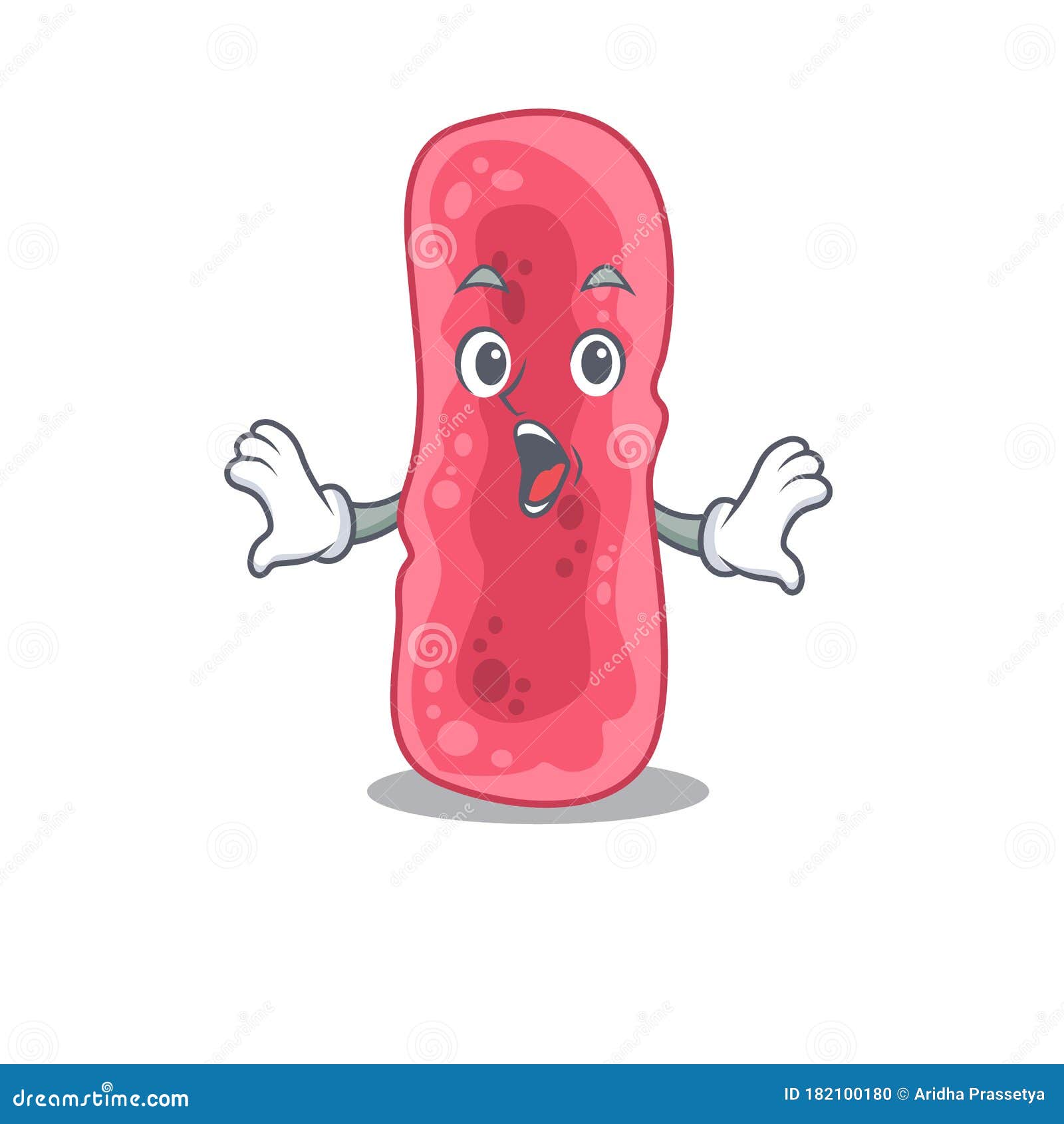
. Children younger than 5 years are the most likely to get shigellosis but people of all ages can get the disease 1Many outbreaks are related to childcare settings and schools because Shigella germs spread from young children to their family members and others in their community. Shigella has recently been identified as the leading pathogen causing childhood diarrhoea worldwide and has been estimated to be responsible for 11 million deaths per year 61 of which are children. Children of the first year of life suffer from.
Symptoms and signs of shigellosis include diarrhea fever stomach pains and tenesmus. Four species of Shigella bacteria S boydii S dysenteriae S flexneri and S sonnei have been identified as infecting the lining of the intestines. Anyone can get sick from Shigella infectionHowever groups that may be at particular risk include children 1119 travelers 20.
Ad Learn More About the Causes Symptoms of Ulcerative Colitis. Shigella is very contagious. Shigella sonnei is the most common species found in the UK.
Young children small social groups individuals with weakened immune systems and men who have sex with other men are at increased risk for shigellosis. Symptoms usually begin 12 days after infection and last 7 days. Most people with Shigella infection have diarrhea sometimes bloody fever and stomach cramps.
If a lab test has confirmed that you have shigella infection an OTC drug containing bismuth subsalicylate Pepto-Bismol Kaopectate may help decrease the frequency of your stools and shorten the length of your illness. Wash your hands and your childs hands after bowel movements. The main sign of shigella infection is diarrhea which often is bloody.
People get infected with shigella when they come in contact with and swallow small amounts of bacteria from the stoo. People with bloody diarrhea should not use anti-diarrheal medication such as loperamide Imodium or diphenoxylate with atropine Lomotil. It is a logical hypothesis that if bacteria are causing.
Shigella species bacilli are highly infective virulent invasive gram negative rods Watery diarrheal illness associated with fever and abdominal pain is common with progression to dysentery severe diarrhea with blood or mucus in stool occurring in up to ½ of patients in rare instances more commonly in children elderly or debilitated patients infection is fatal. During a five-year period 110 children were admitted to the University Hospital of the Arizona Health Sciences Center Tucson with Shigella enteritis. Bacillary dysentery begins suddenly with fever and abdominal pain and diarrhea begins shortly thereafter.
Of the estimated 165 million shigella diarrhoeal episodes every year 99 of cases occur in low- and middle-income countries LMIC mainly 69 in children. These medications may make symptoms worse. To help prevent shigellosis.
Shigella infection has always been a global burden and it particularly threatens children between the ages of 1 and 5 years. Wash your hands and your childs hands after you change or throw away a diaper. Gastroenteritis sometimes incorrectly called stomach flu is the most common digestive disorder among children.
Severe gastroenteritis causes dehydration Dehydration in Children Dehydration is loss of water from the body usually caused by vomiting andor diarrhea. Fever 30 to. However infection is more common in young children.
Most people recover without needing antibiotics. Typically 10 to 20 percent of enteric disease and 50 of the bloody diarrhea or dysentery of young children can be characterized as shigellosis and the prevalence of these infections decreases significantly after five years of life. It doesnt take many Shigella bacteria to cause an infection so the illness spreads easily in families and childcare centers.
Shigella bacteria cause an infection called shigellosis. Coli and Shigella produce toxins that can cause a complication called hemolytic-uremic syndrome Hemolytic-Uremic Syndrome HUS Hemolytic-uremic syndrome HUS is a serious disorder that usually occurs in children and involves the formation of small blood clots throughout the body that block the flow of blood to. Water supplies in areas with poor sanitation.
Learn about Signs Symptoms Treatments for Ulcerative Colitis. Flies that touch contaminated stool. General features Shigella is an infection of the colon particularly the rectosigmoid portion of the colon.
Eight 7 had Shigella bacteremiasepticemia and four of the eight died. Patients with Shigella gastroenteritis typically present with high fever abdominal cramps and bloody mucoid diarrhea 2-6. Learn more about how to prevent Shigella infections in children below.
Antibiotics can shorten the time you have fever and diarrhea by about 2 days. Many outbreaks occur in childcare settings and schools. However people with severe illness and those with underlying conditions that weaken the immune system should be.
For instance kids who touch a contaminated surface such as a toilet or toy and then put their fingers in their mouths can get shigellosis. If your child with shigellosis wears diapers be careful with dirty ones. Alterations in peripheral blood neutrophil function are known to occur in patients with colitis and may have a role in precipitating nonspecific tissue injury.
Shigella bacteria cause a diarrheal illness that can occur in children. Shigellae may cause asymptomatic infection mild gastroenteritis or bacillary dysentery. The application of a quantitative molecular approach showed that four agents rotavirus Cryptosporidium enterotoxigenic Escherichia coli ETEC producing heat-stable toxin and Shigella account for the majority of cases of infectious diarrhea in African and Asian children younger than 5 years old 3.
What can be done if an outbreak of Shigella occurs in the childcare setting. These bacterial illnesses are highly contagious. Shigella infection shigellosis is an intestinal infection caused by a family of bacteria known as shigella.
Exclude any child with diarrhea from the childcare setting until diarrhea has stopped. An analysis of these patients and their course disclosed clinical. Shigellosis is endemic in developing countries were sanitation is poor.
However infection can also be caught in the UK. Economically underdeveloped countries are dominated by Shigella flexneri infection. It tends to cause a mild illness.
Anyone can get shigella infection. The most effective method to treat Shigella is antibiotics but with the abuse of antibiotics and the prevalence of multidrug resistance we. It is generally believed that bacteremia rarely occurs with enteric Shigella infections.
Shigella also can spread via. Shigellosis is a highly contagious diarrheal disease caused by a group of bacteria called ShigellaOutbreaks of Shigella infection can occur from environmental 1 food 2 3 water 49 or person-to- person 10 exposure see References section. Shigellosis is one of the most common acute intestinal infections in children which causes both sporadic cases and epidemic outbreaks.
However it isnt recommended for children pregnant women or people who are allergic to aspirin. Epidemiology of shigellosis in children. Its also a good idea to try to keep the child in diapers away from other children.
People with Shigella infection should drink plenty of fluids to prevent dehydration. It is not known whether neutrophil function is altered in patients with Shigella dysenteriae type 1 infection during which there is extensive colitis and which may be associated with. Children who have recently recovered from shigellosis can be grouped in one classroom cohort to minimize exposing.
Shigellosis patients are contagious until the person no longer sheds Shigella bacteria in feces. Dehydration occurs when there is significant loss of body water and to varying amounts. Infection commonly spreads from young children to their family members and other people in their communities because these bacteria spread easily.
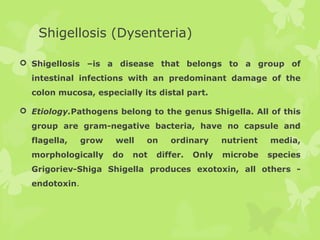
Acute Intestinal Infections In Children
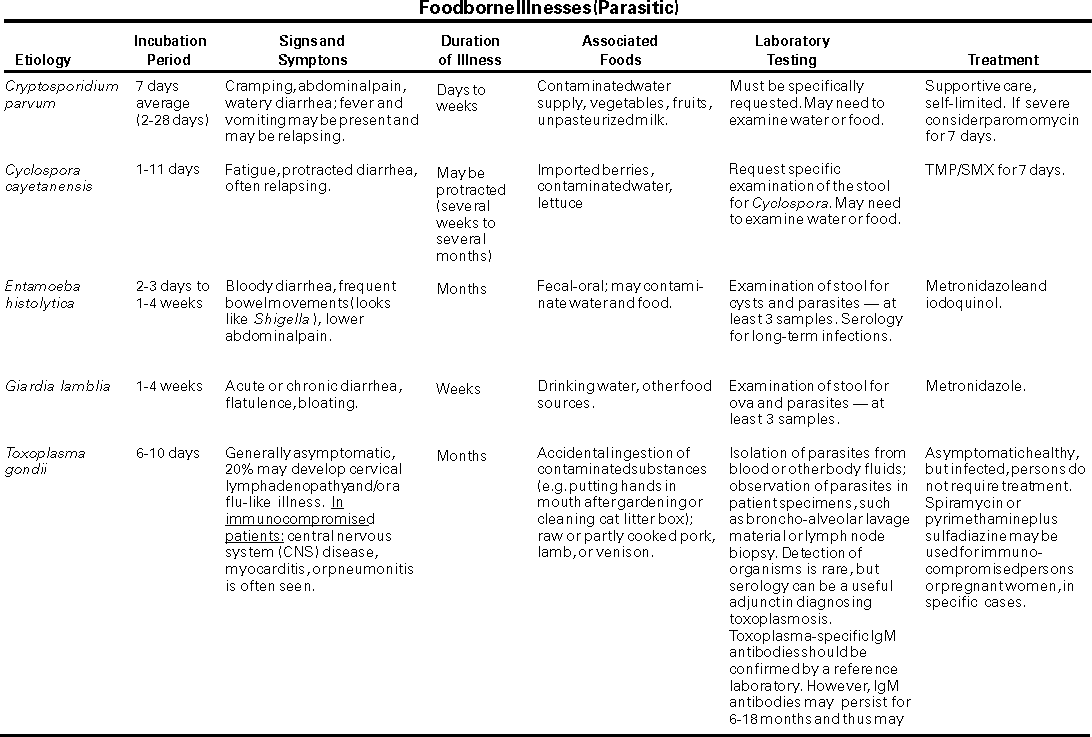
Diagnosis And Management Of Foodborne Illnesses P

Bacillary Dysentery An Overview Sciencedirect Topics

Acute Intestinal Infections In Children

Pin On Journal Of Emerging Diseases And Virology

Symptoms Of Campylobacter Infection Campylobacter Food Poisoning

Shigellosis Marlow Syndrome Microbiology Food Borne Illness Foodborne

Bacterial Infections Of The Gastrointestinal Tract Microbiology

Stomach Surprised Stock Illustrations 38 Stomach Surprised Stock Illustrations Vectors Clipart Dreamstime

Frontiers White Matter Injury In Preterm Infants Pathogenesis And Potential Therapy From The Aspect Of The Gut Brain Axis Neuroscience
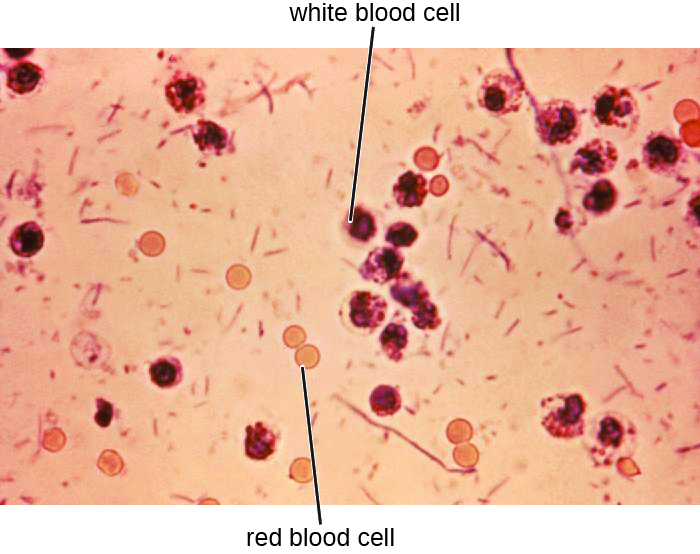
25 3 Bacterial Infections Of The Gastrointestinal Tract Microbiology Canadian Edition
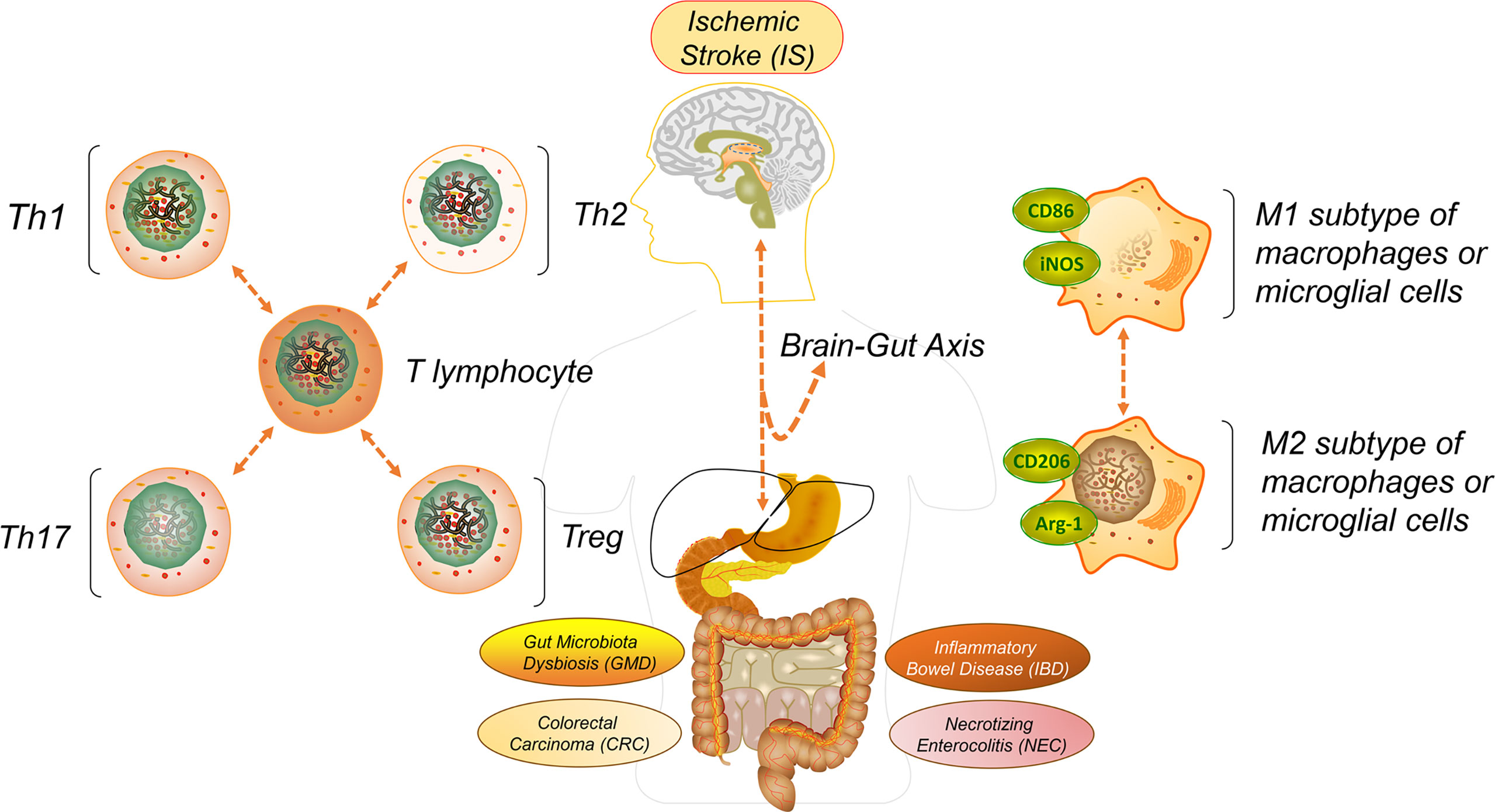
Frontiers Cellular Immune Signal Exchange From Ischemic Stroke To Intestinal Lesions Through Brain Gut Axis Immunology

References In The Patient Presenting With Acute Dysentery A Systematic Review Journal Of Infection

Acute Intestinal Infections Lecturer Ass Prof Gorishna I L Ppt Download


